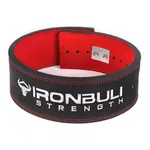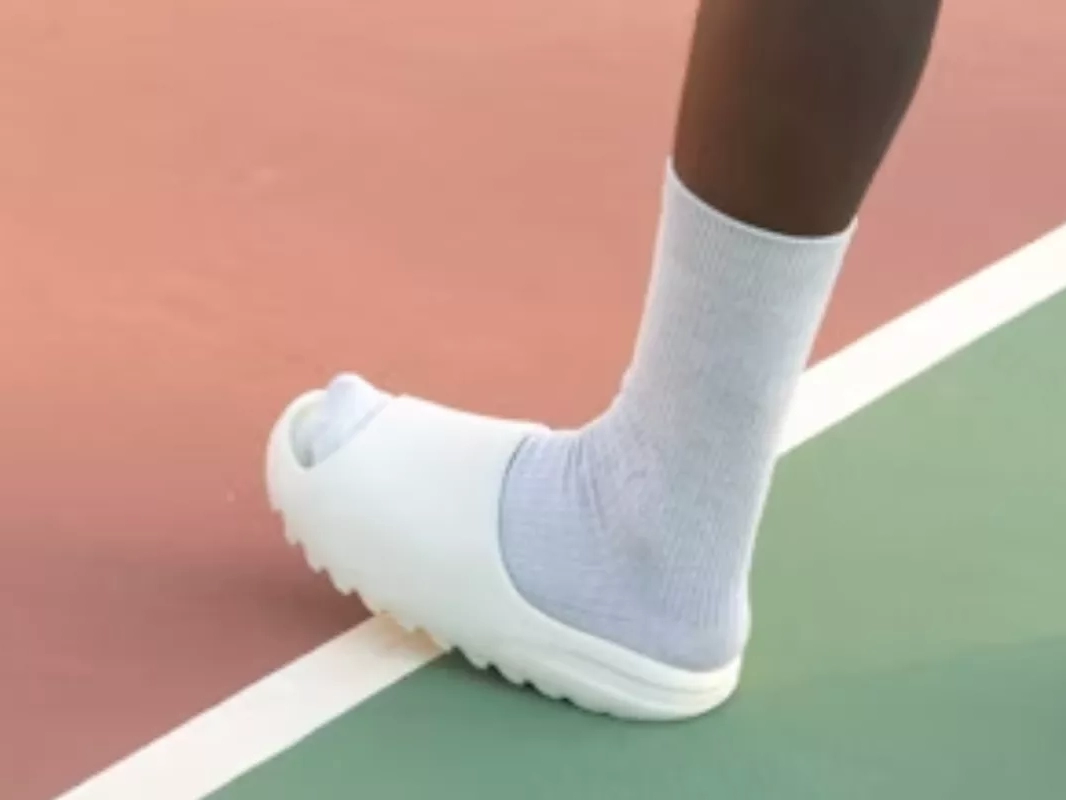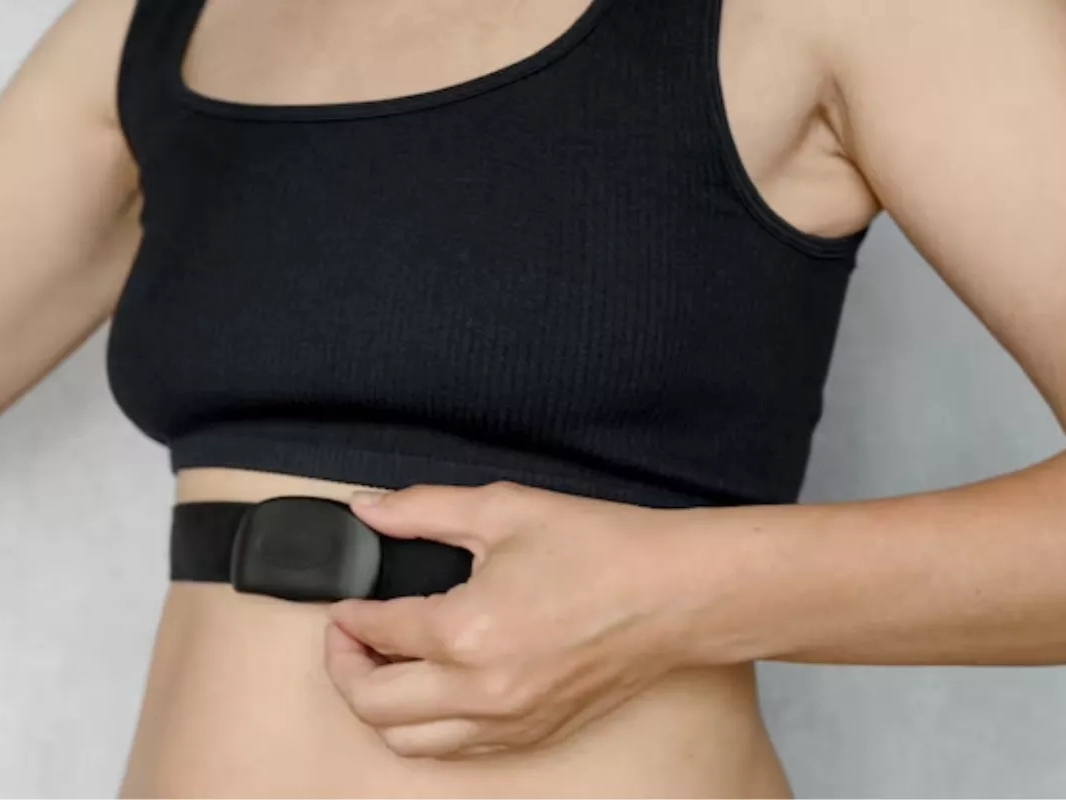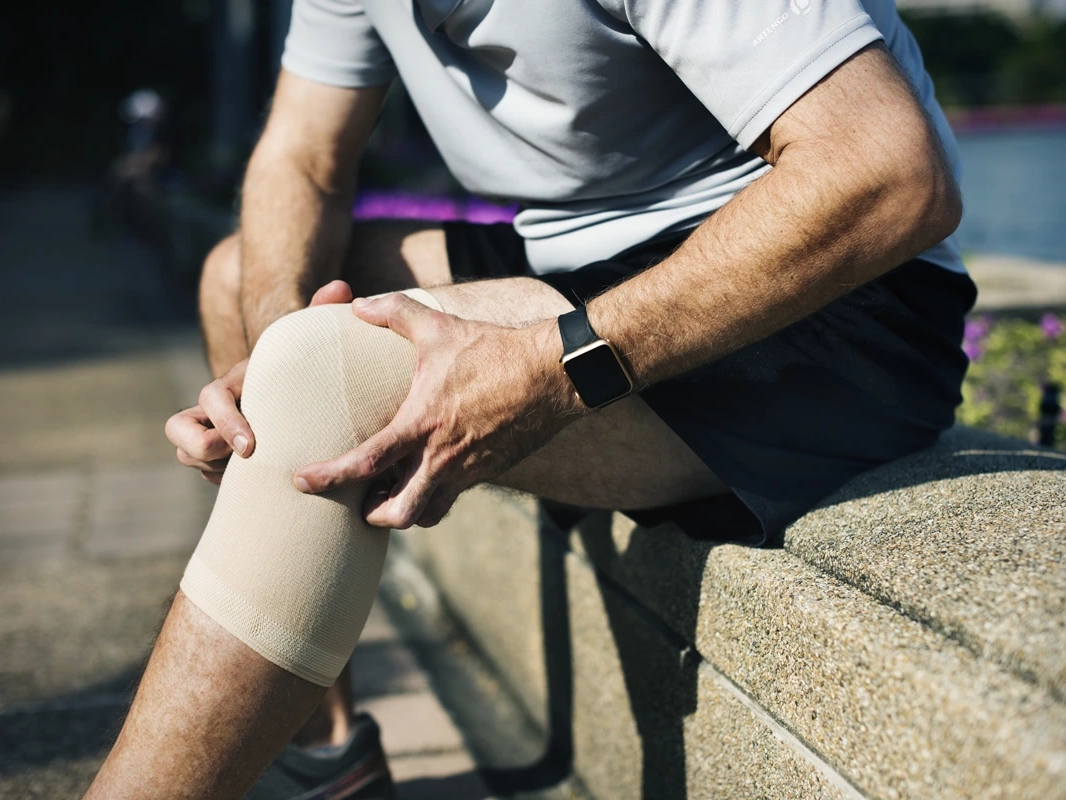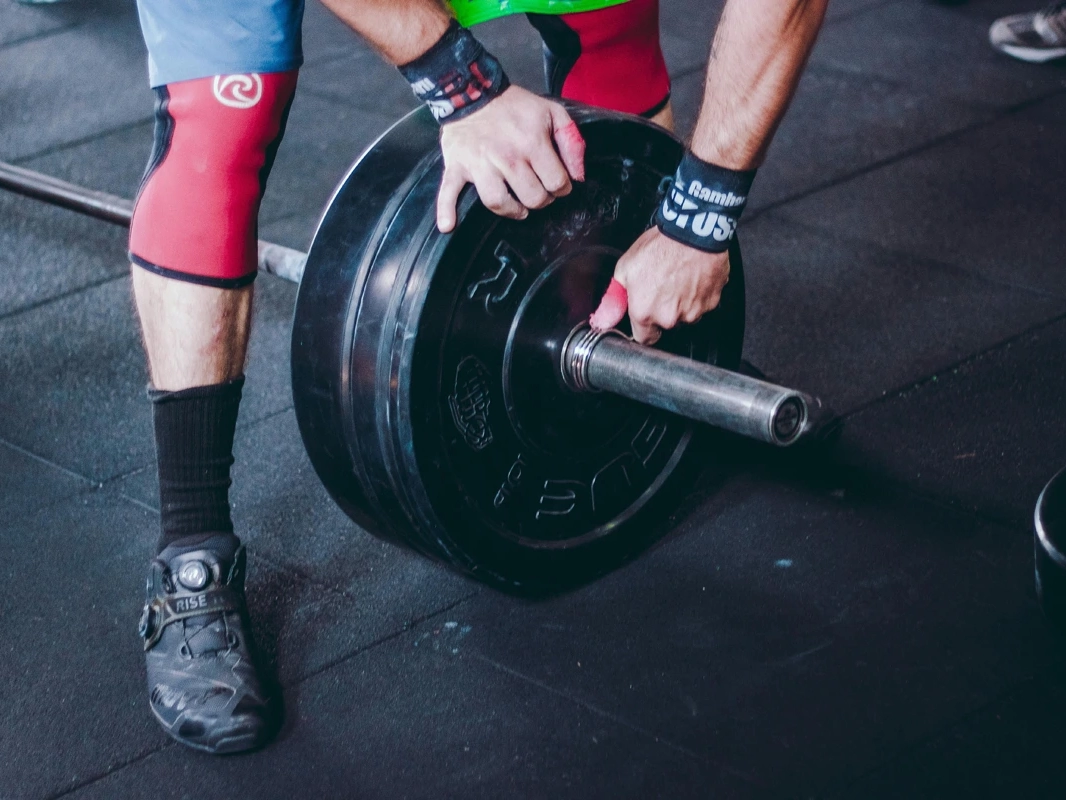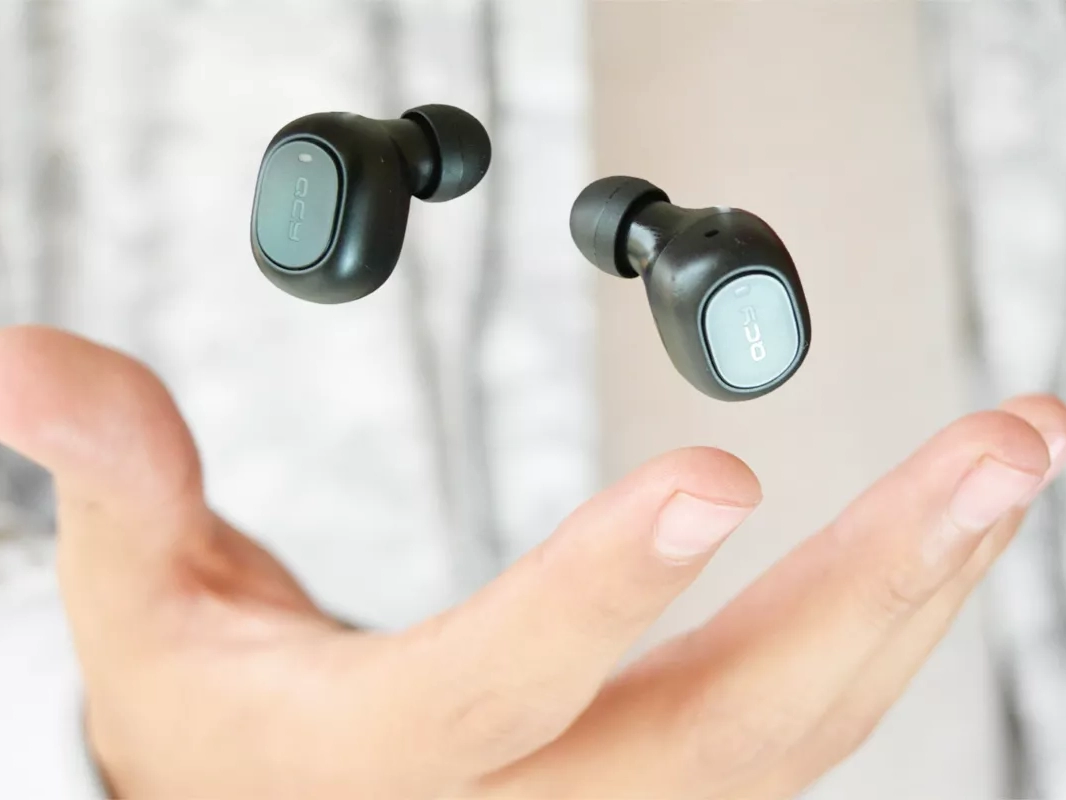Looking for the best weightlifting belts in the Philippines? This guide highlights the top 11 belts for support, safety, and performance. Whether you’re a beginner or seasoned lifter, find the right gear to protect your back, improve posture, and maximize gains with trusted options tailored for every workout need.
Most Affordable
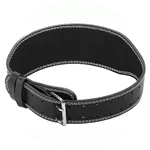
Weightlifting Belt Barbell Waist Lumbar Protector by Moto Gym
Looking to enhance your lifting performance and protect your back? Weightlifting belts are essential tools for both beginners and seasoned lifters. They provide crucial support during heavy lifts, helping to maintain proper form and reduce the risk of injury. In this guide, we’ll explore the top 11 weightlifting belts available in the Philippines, ensuring you make an informed choice for your fitness journey.
Table of Contents
ToggleHistory of Weightlifting Belts
Weightlifting belts have been integral to strength training since the mid-20th century. Initially adopted by Olympic lifters, these belts provided the necessary support for heavy lifts. Over time, their use expanded to powerlifting and general fitness, becoming a staple in gyms worldwide. Advancements in materials and design have led to a variety of belts catering to different lifting needs.
Types of Weightlifting Belts
Weightlifting belts come in various designs, each suited for specific training styles and personal preferences. Understanding the differences helps in choosing the right one for your fitness goals. Here are the most common types:
- Lever Belts: Feature a lever mechanism for quick adjustments and a secure fit. Ideal for powerlifters.
- Prong Belts: Use one or two prongs for fastening. Offer adjustable tightness and are commonly used in various lifting disciplines.
- Velcro Belts: Lightweight and easy to adjust. Suitable for CrossFit and general fitness training.
- Nylon Belts: Flexible and comfortable, providing moderate support. Great for dynamic movements.
Benefits of Using Weightlifting Belts
Using a weightlifting belt isn’t just about lifting heavier, it’s also about lifting safer and smarter. These belts provide crucial support that helps optimize performance while minimizing the risk of injury. Here are the key benefits:
- Enhanced Intra-Abdominal Pressure: Stabilizes the spine during heavy lifts.
- Improved Posture: Encourages proper form, reducing the risk of injury.
- Increased Performance: Allows for heavier lifts by providing core support.
- Injury Prevention: Supports the lower back, minimizing strain during exercises.
Review of the Best Weightlifting Belts in the Philippines
1. Adidas Essential Weightlifting Belt

Best Velcro Belt
Designed with a dense foam core, this belt offers superior support and comfort. The adjustable Velcro strap ensures a snug fit, making it ideal for various lifting exercises.
Pros:
- Lightweight and comfortable.
- Easy to adjust.
- Durable construction.
Cons:
- May not provide enough support for extremely heavy lifts.
2. Bulls Weightlifting Belt – Training
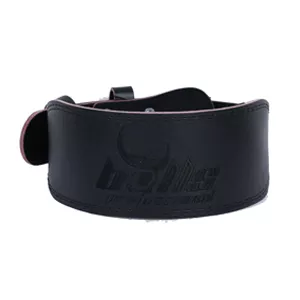
Crafted for both beginners and seasoned lifters, this belt offers a balance of comfort and durability. Its design supports various lifting disciplines.
Pros:
- Versatile use.
- Durable material.
- Affordable price point.
Cons:
- Limited adjustability compared to other belts.
3. GEARDRIVE Fitness Weight Lifting Belt

Shopee’s Choice
This belt provides excellent lumbar support with its adjustable design. Suitable for bodybuilding, powerlifting, and cross-training.
Pros:
- Adjustable fit.
- Comfortable padding.
- Versatile for different workouts.
Cons:
- Velcro may wear out over time.
4. Gym Weightlifting Belt Nylon EVA Crossfit Sports

Lightweight and flexible, this belt is perfect for CrossFit enthusiasts. The EVA material provides adequate support without restricting movement.
Pros:
- Lightweight design.
- Flexible for dynamic movements.
- Affordable
Cons:
- Less support for heavy lifts.
5. Ironbull Professional Powerlifting Lever Belt
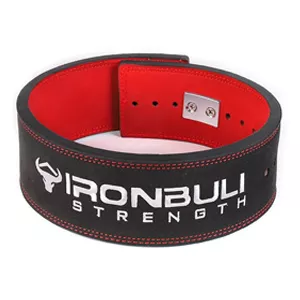
Best for Powerlifting
A top choice for powerlifters, this belt features a lever mechanism for quick adjustments and a secure fit. Its thick leather construction ensures maximum support.
Pros:
- Quick and secure adjustments.
- High-quality leather.
- Excellent support for heavy lifts.
Cons:
- Higher price point.
6. ProSupps Fitness Belt Weightlifting

This leather belt offers lumbar support, making it suitable for squats and deadlifts. Its adjustable design caters to various waist sizes.
Pros:
- Durable leather material.
- Adjustable fit.
- Provides good lumbar support.
Cons:
- May be stiff initially.
7. SKDK New Weightlifting Belt Adjustable Waist Protection
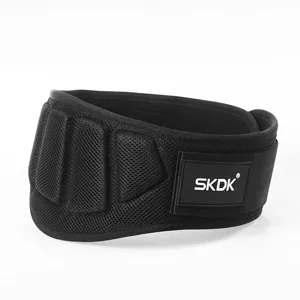
Designed for both men and women, this belt offers adjustable support for various lifting exercises. Its lightweight design ensures comfort during workouts.
Pros:
- Unisex design.
- Adjustable fit.
- Lightweight and comfortable.
Cons:
- May not provide enough support for heavy lifts.
8. SH Weightlifting Belt Adjustable
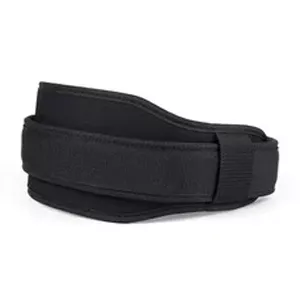
This belt offers adjustable support, making it suitable for various lifting exercises. Its design focuses on providing comfort and stability.
Pros:
- Adjustable fit.
- Comfortable design.
- Affordable.
Cons:
- Limited support for heavy lifting.
9. Valeo PVC Leather Weightlifting Belt

Crafted from PVC leather, this belt offers durability and support. Its design caters to various body sizes, ensuring a snug fit.
Pros:
- Durable material.
- Adjustable fit.
- Suitable for various exercises.
Cons:
- May not be as comfortable as other materials.
10.Weightlifting Belt Barbell Waist Lumbar Protector by Moto Gym

Most Affordable
This belt focuses on providing lumbar support during heavy lifts. Its design ensures stability and reduces the risk of injury.
Pros:
- Excellent lumbar support.
- Durable construction.
- Affordable.
Cons:
- Limited adjustability.
11. Worthdefence Gym Fitness Buckle Weightlifting Belt
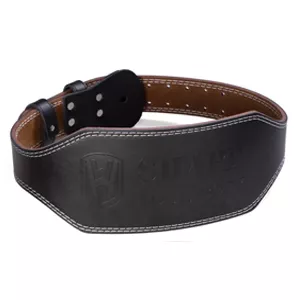
Built with a focus on back protection, the Worthdefence Gym Fitness Buckle Weightlifting Belt features a supportive structure that helps stabilize your lower spine during intense lifts. Its buckle design allows for a secure, adjustable fit, making it a dependable option for lifters who prioritize lumbar support.
Pros:
- Strong back and lumbar support
- Secure buckle closure
- Suitable for both gym and home workouts
Cons:
- Slightly bulky for high-movement exercises
Safe Usage of Weightlifting Belts
While weightlifting belts are excellent tools for support and stability, they must be used correctly to avoid dependence or injury. Here are key safety tips:
- Use Only When Necessary: Belts are best used for heavy, compound lifts like squats, deadlifts, and overhead presses—not for every gym activity.
- Proper Positioning: The belt should sit around your lower back and abdomen, not your waist. It should be snug but not overly tight.
- Engage Core Muscles: A belt enhances intra-abdominal pressure, but it’s still important to brace your core properly with each lift.
- Do Not Over-Rely: Belts should support, not replace, strong core development. Relying on a belt for every lift can weaken your abdominal muscles over time.
- Check Belt Condition: Inspect your belt regularly for wear and tear, especially the stitching and fastening mechanisms.
How to Choose the Right Weightlifting Belt
With so many options available, picking the right weightlifting belt can be overwhelming. Consider the following criteria to make the best choice:
- Material: Leather belts offer firm support and durability, ideal for powerlifting. Nylon belts are flexible and comfortable for functional training or CrossFit.
- Closure Type: Choose from lever, prong, or Velcro closures. Lever belts offer quick adjustments, prong belts provide customization, and Velcro belts are easy to fasten.
- Width and Thickness: Wider and thicker belts provide more support, especially for the lower back, but may be less comfortable for all-day wear.
- Purpose and Training Style: Determine if you’re training for powerlifting, general fitness, or Olympic lifting. Each discipline may benefit from different belt features.
- Budget and Durability: Invest in a high-quality belt if you’re lifting heavy regularly. Cheaper belts may not offer the same level of support or longevity.
Personal Insights and Recommendations
When I first started lifting, I thought belts were only for pros. But after tweaking my back during a heavy deadlift, I gave one a try. The difference was huge—not just in support, but in confidence. Now, I use a belt for my heavier sets, and it helps me focus more on form. If you’re serious about lifting and want to protect yourself, it’s worth considering. Just remember, a belt doesn’t replace good technique. Learn the basics first, then use the belt as a tool to keep getting better.
Frequently Asked Questions
Do I need a weightlifting belt as a beginner?
No, beginners should first focus on learning proper form and building core strength. Belts are more beneficial as you progress to heavier lifts.
When should I wear a weightlifting belt?
Use it during heavy compound lifts such as squats, deadlifts, and overhead presses—not for light exercises or cardio.
Is it safe to use a belt all the time?
No. Constant use can weaken core muscles. Use it only when necessary to encourage natural strength development.
What is the best material for a weightlifting belt?
Leather belts provide the most support and durability, ideal for powerlifting. Nylon belts are better for comfort and flexibility.
How tight should a weightlifting belt be?
Tight enough to support your core but not so tight that it restricts breathing or movement.
Can women use weightlifting belts?
Yes, weightlifting belts are unisex. Many brands offer belts in sizes and fits suitable for women.
Do belts help prevent back injuries?
Yes, when used correctly, they help stabilize the spine and reduce the risk of lower back injuries during heavy lifts.
What width should I choose for a belt?
Most lifters prefer a 4-inch width for balanced support. Thicker belts offer more stability but can feel bulky.
How long does a weightlifting belt last?
With proper care, a high-quality belt can last many years. Check the condition regularly, especially for wear on stitching and fasteners.
Are Velcro belts effective?
Yes, for moderate weight training and CrossFit. However, they may not be suitable for maximum-effort powerlifting.
Conclusion
Weightlifting belts are powerful tools for enhancing your training, improving safety, and pushing your limits. From lever belts for powerlifting to flexible nylon belts for CrossFit, there’s a perfect fit for every athlete. Use this guide to select the right belt for your needs, wear it properly, and lift with confidence. Always prioritize form and function, and remember—a belt supports your strength, but doesn’t replace it.
Written By
At Ironclad Fitness, we cut through the noise with expert-backed, no-nonsense advice on training, nutrition, and gear. Our team stays ahead with research, real-world experience, and insights from industry professionals. We prioritize accuracy, transparency, and actionable guidance to help you get stronger every day.
Join thousands of readers leveling up their fitness.
Skip the guesswork—get insights on training, health, and the right gear to support your progress.
You may also like
11 Best Gym Slides in the Philippines
Discover the best gym slides available in the Philippines—ideal for gym…
11 Best Chest Strap Heart Rate Monitors in the Philippines
Chest strap heart rate monitors offer unparalleled accuracy for fitness…
11 Best Knee Sleeves in the Philippines
Knee sleeves are essential for athletes and fitness enthusiasts seeking joint…
11 Best Lifting Straps in the Philippines
Discover the 11 best lifting straps available in the Philippines to boost your…
13 Best Bluetooth Earbuds for Workouts in the Philippines
In the Philippines, selecting the right Bluetooth earbuds can significantly…
13 Best Gym Training Shoes in the Philippines
Choosing the right gym training shoes is crucial for maximizing performance and…


